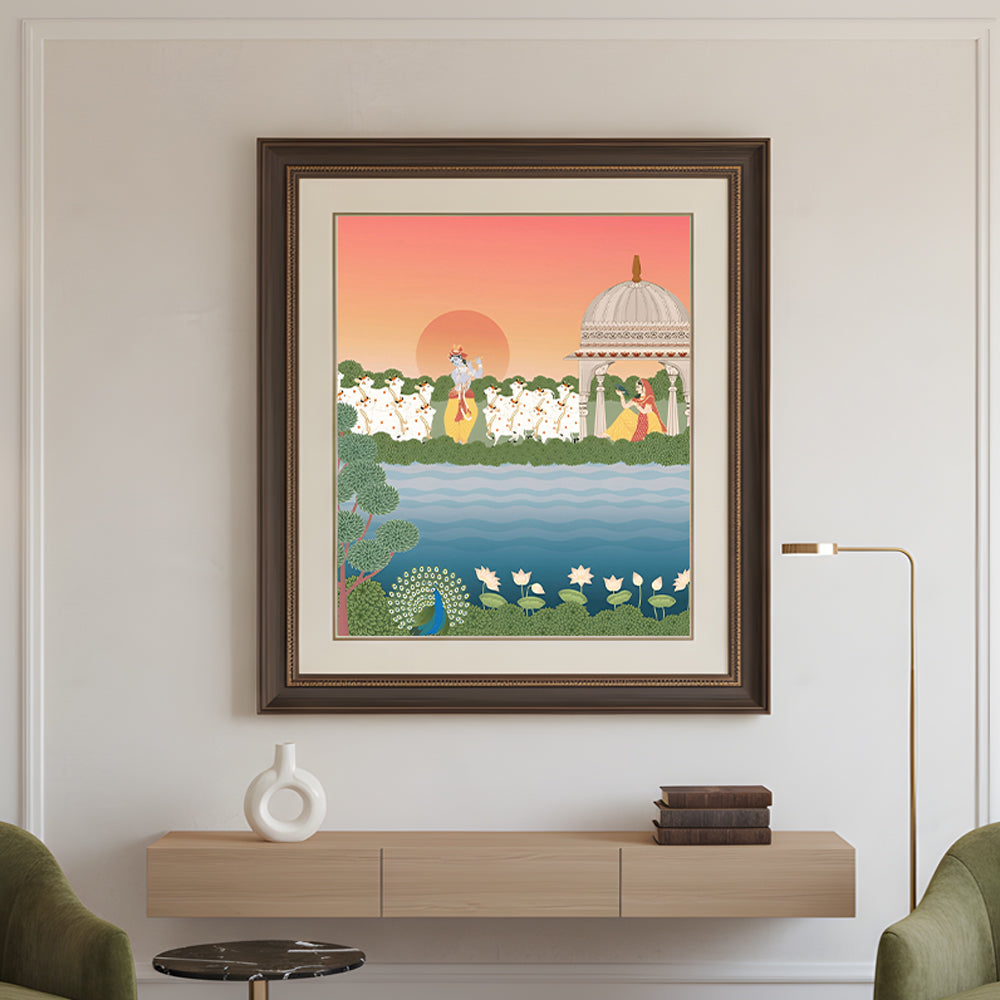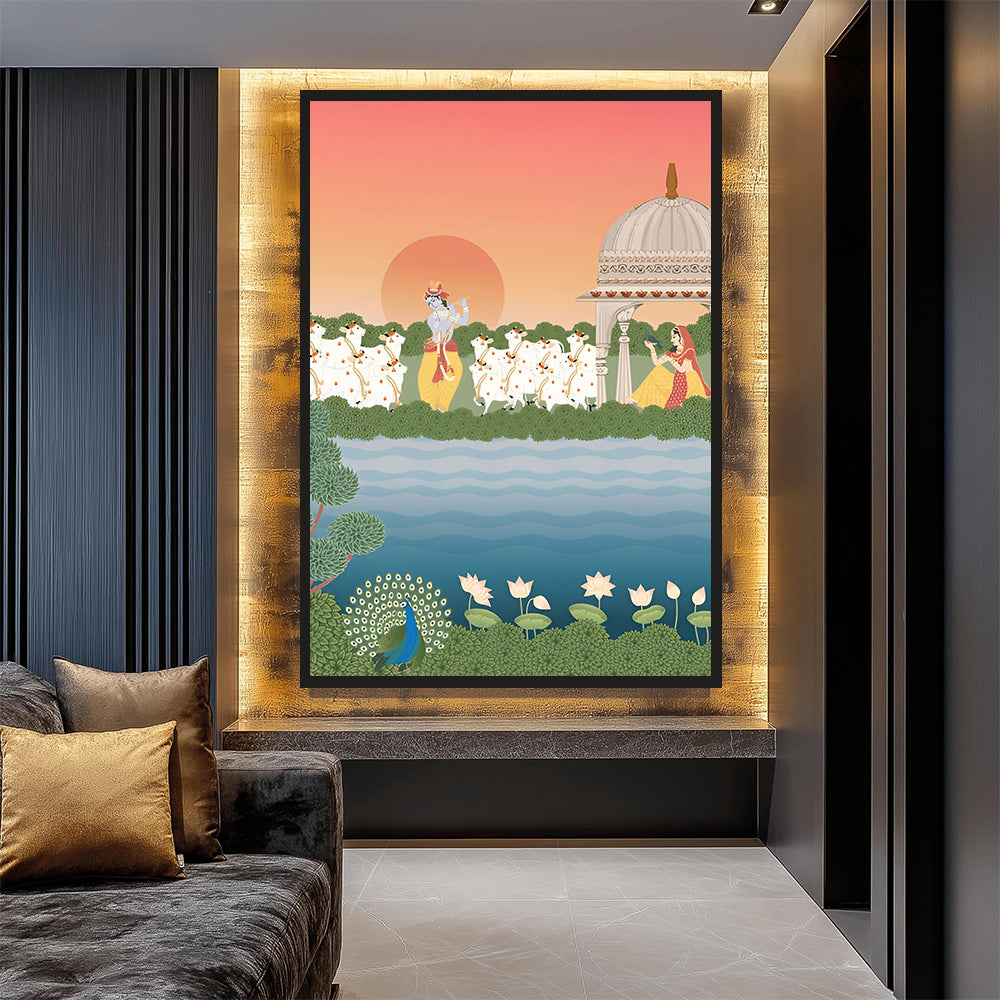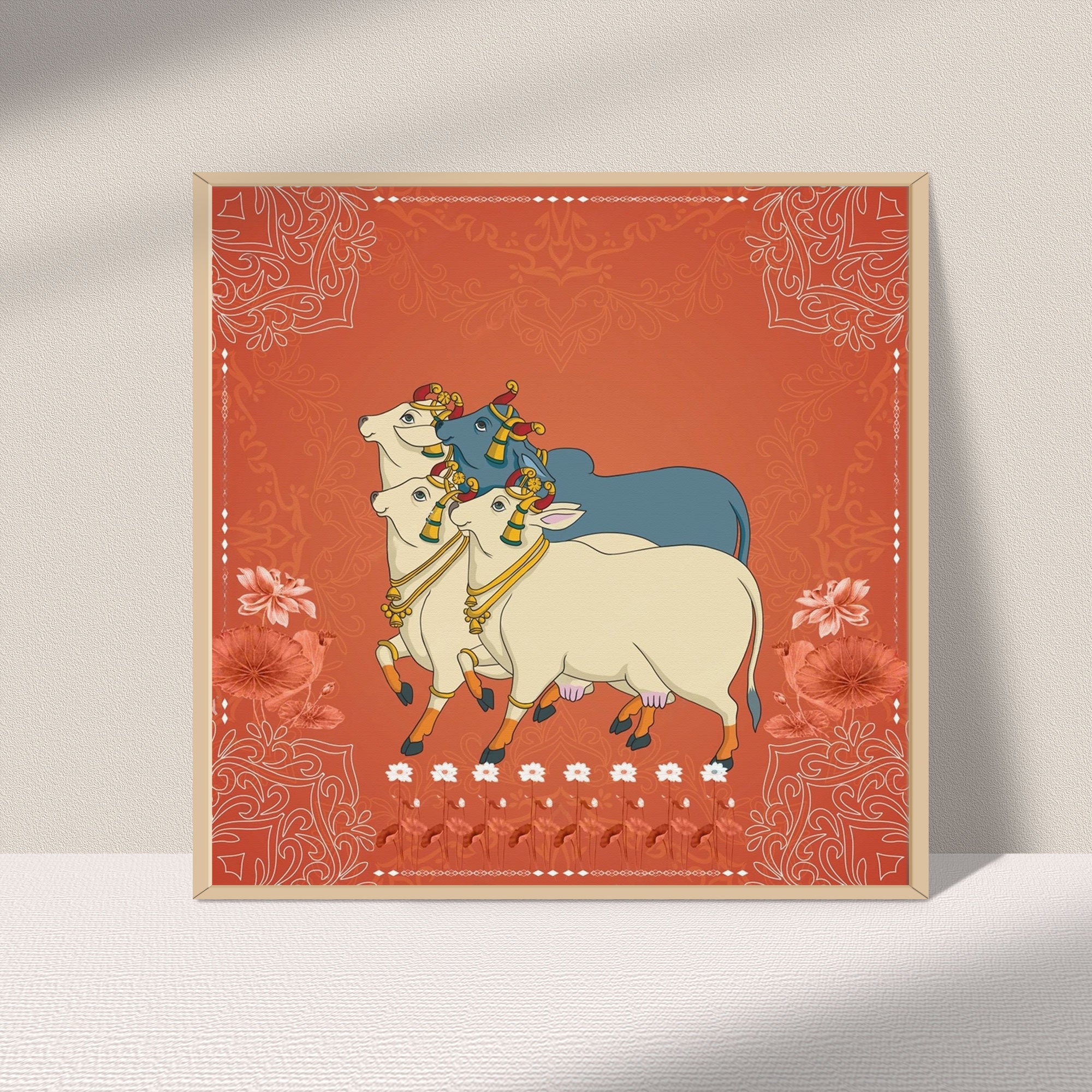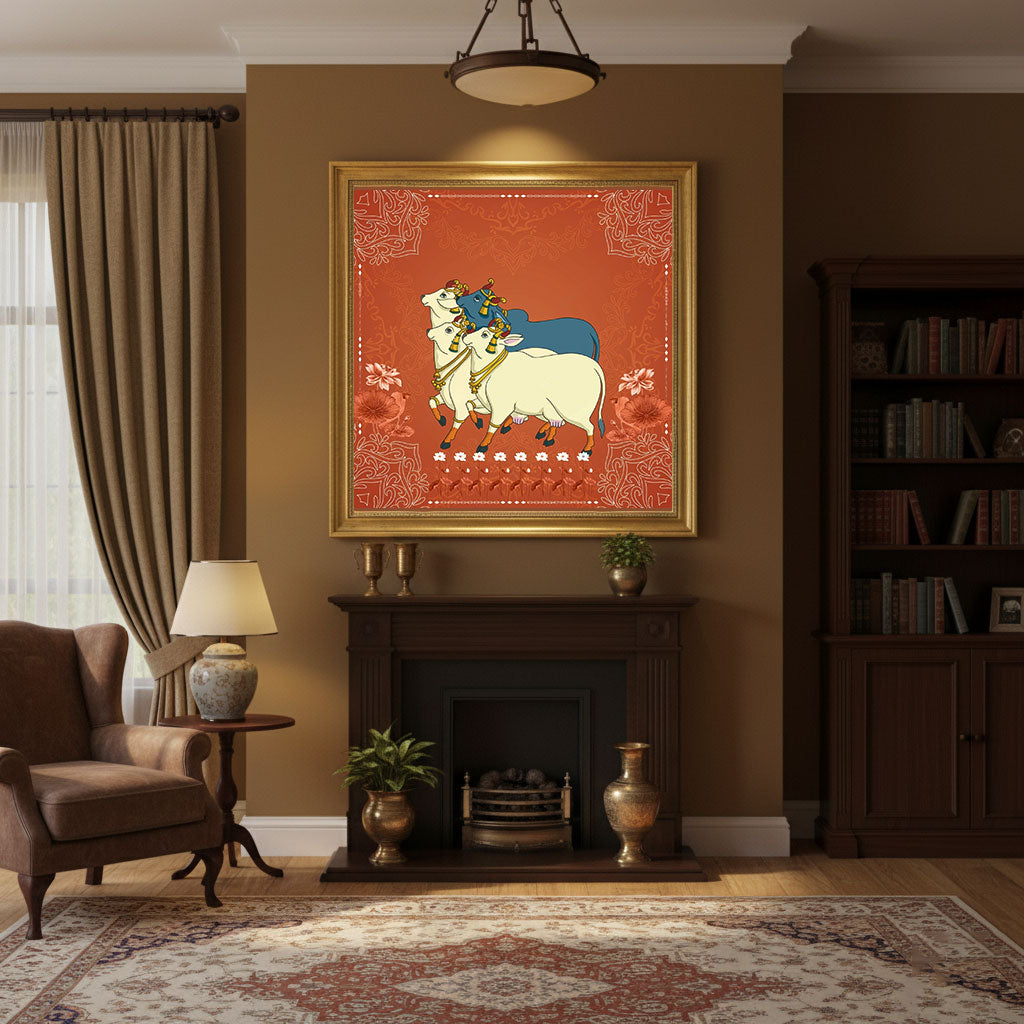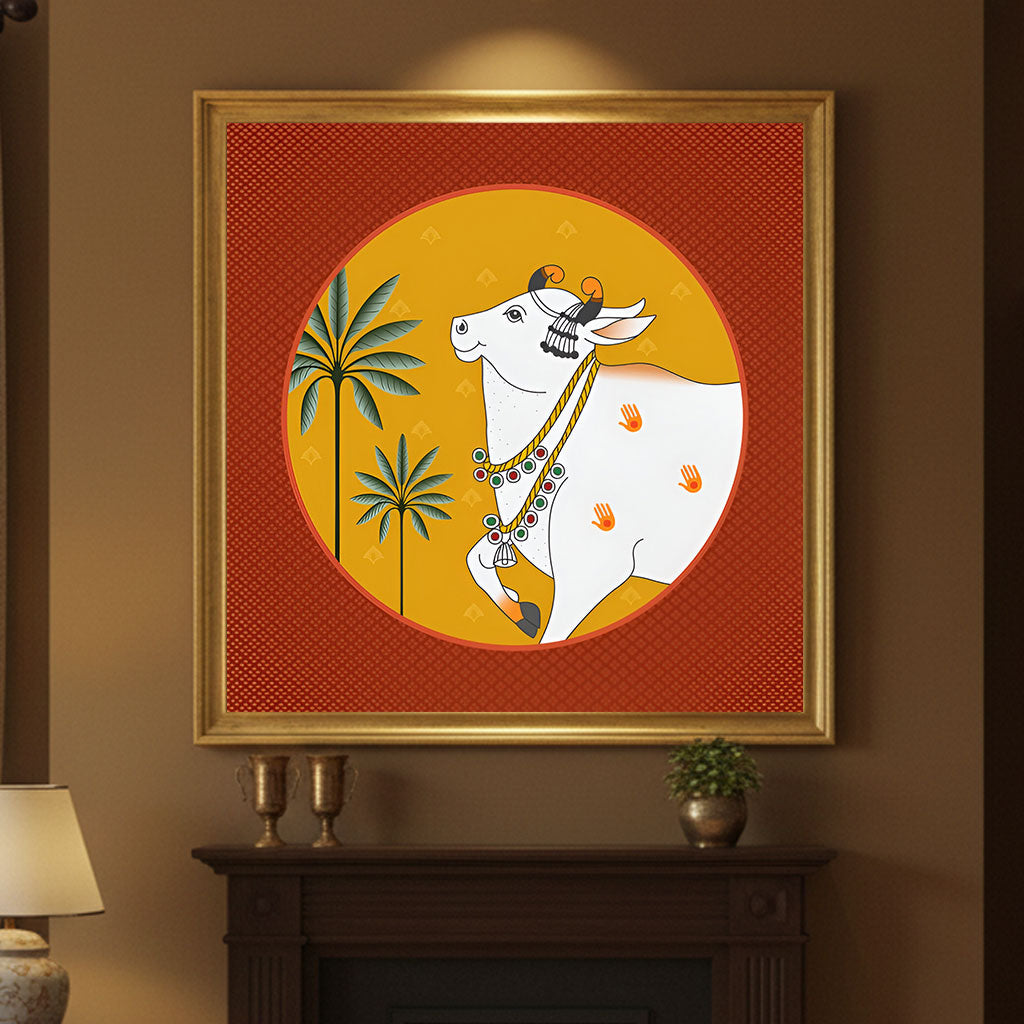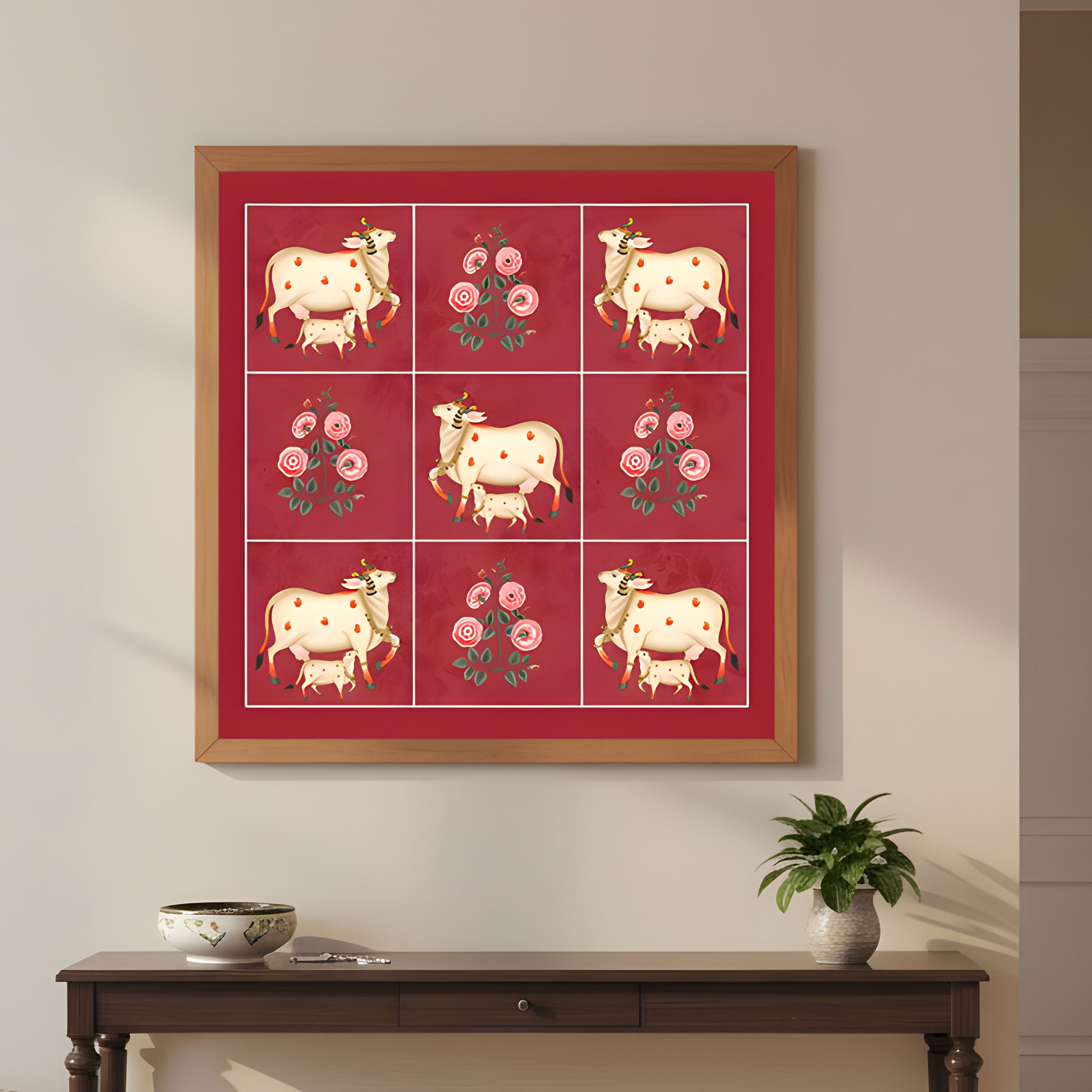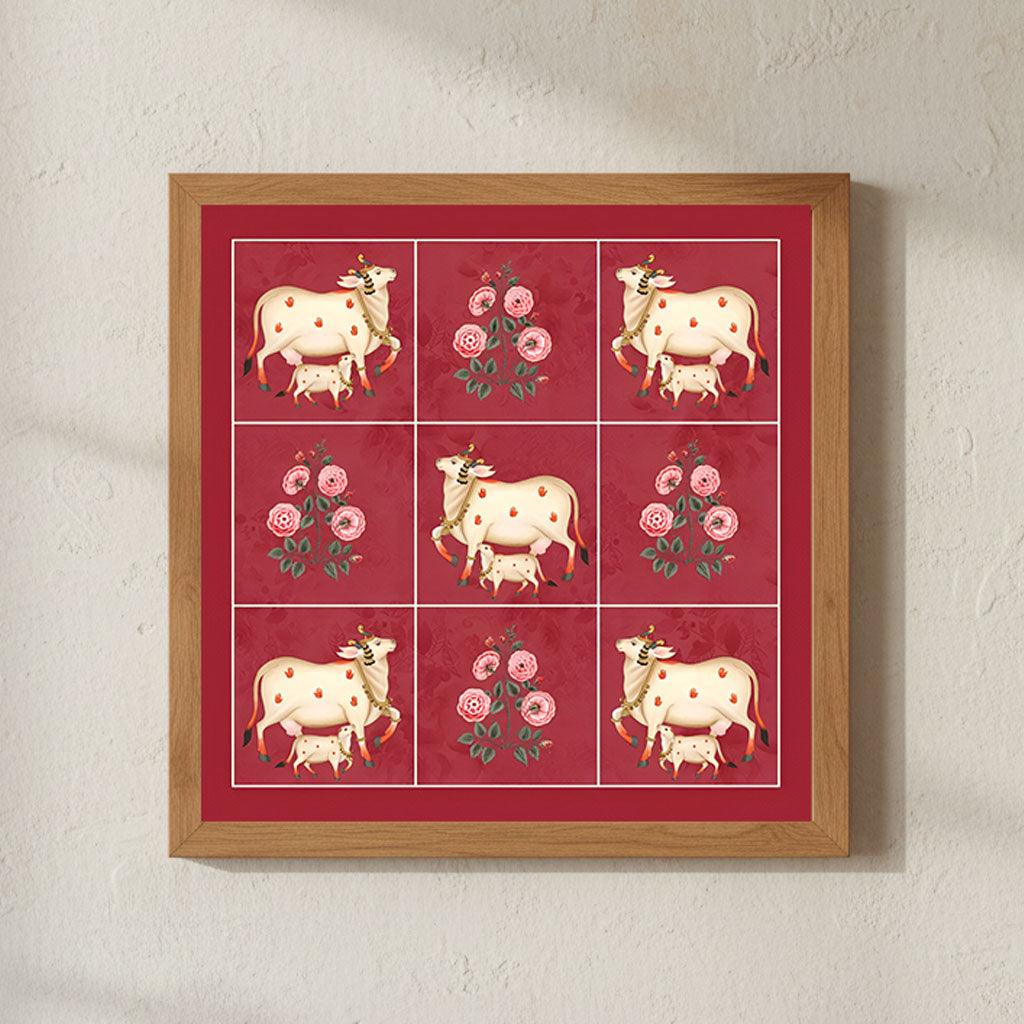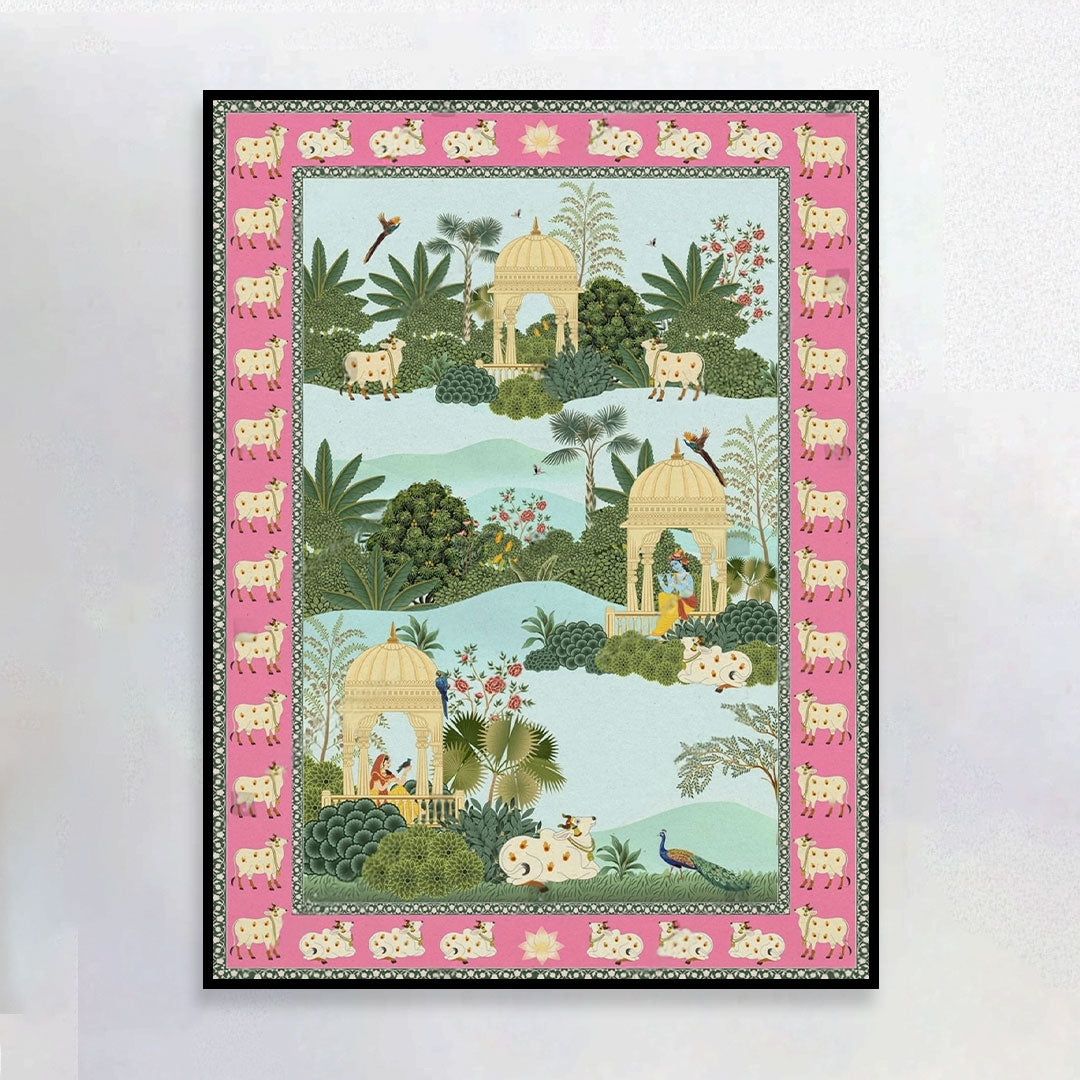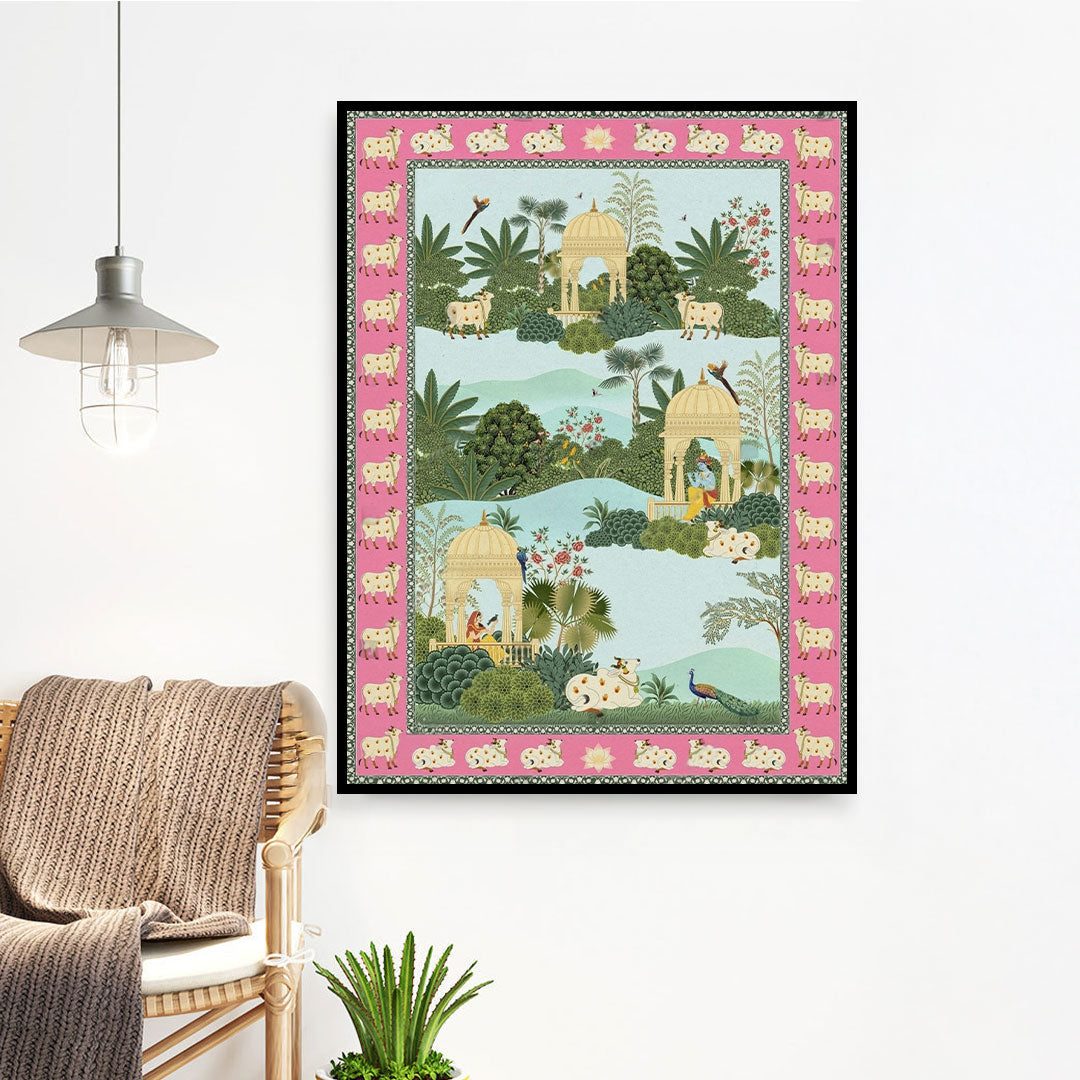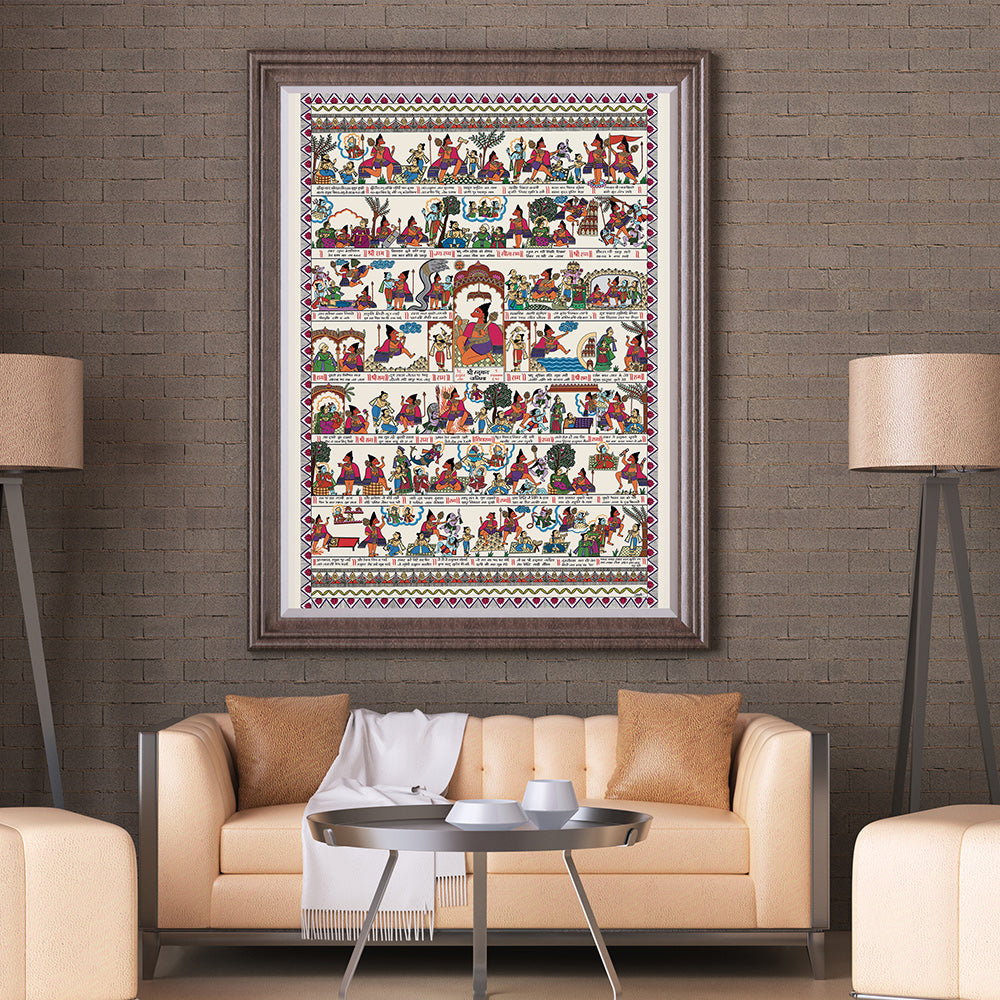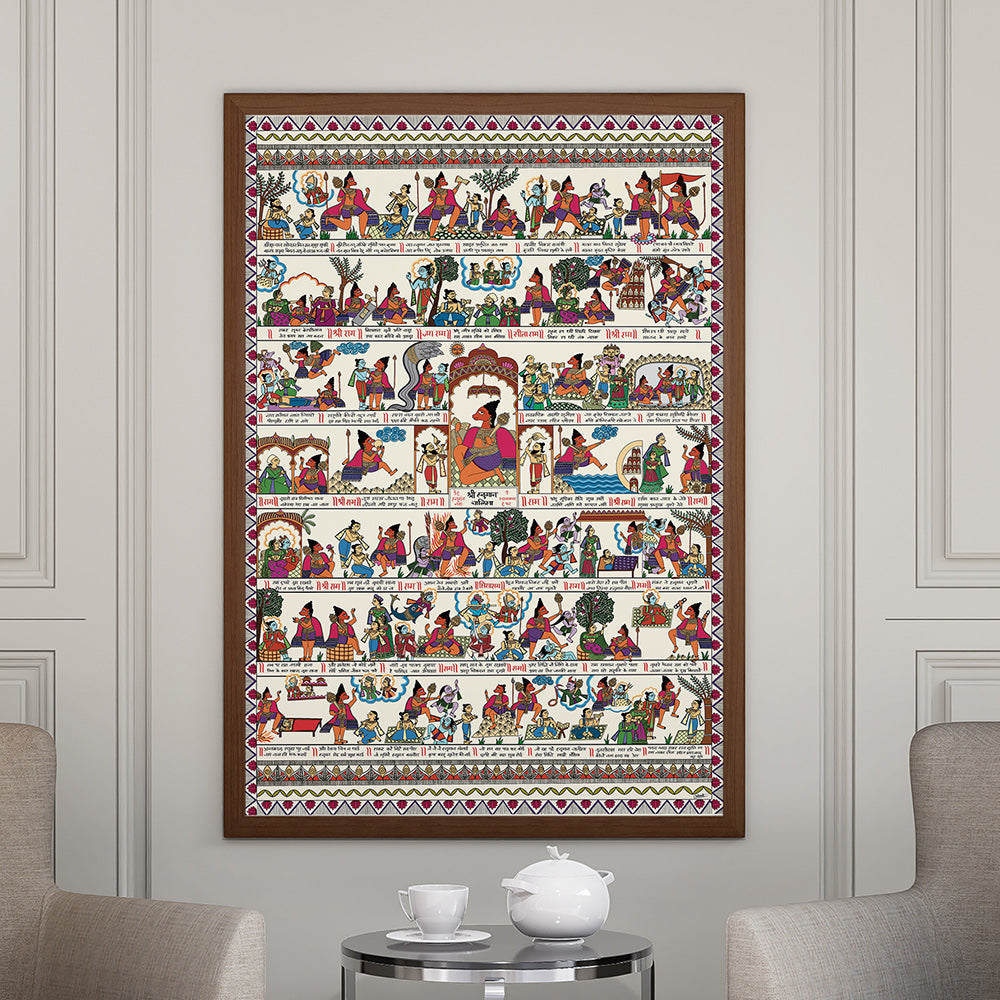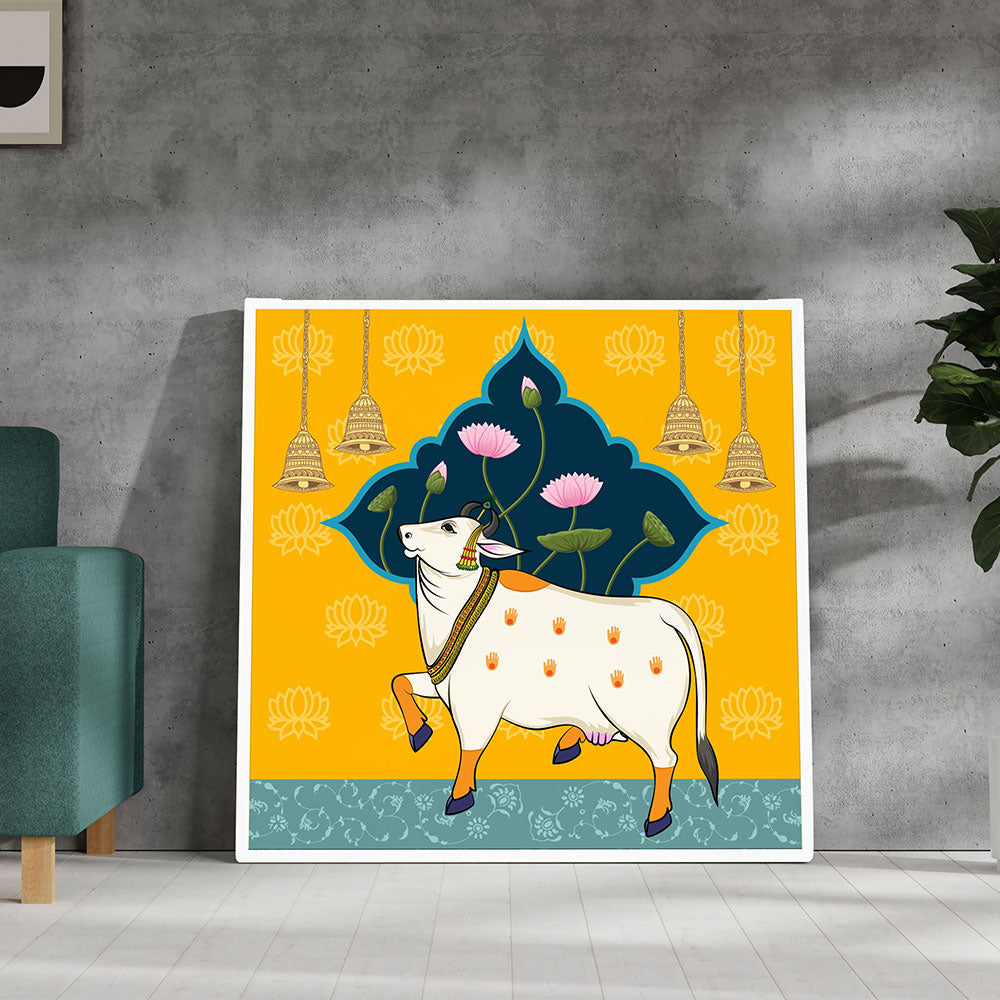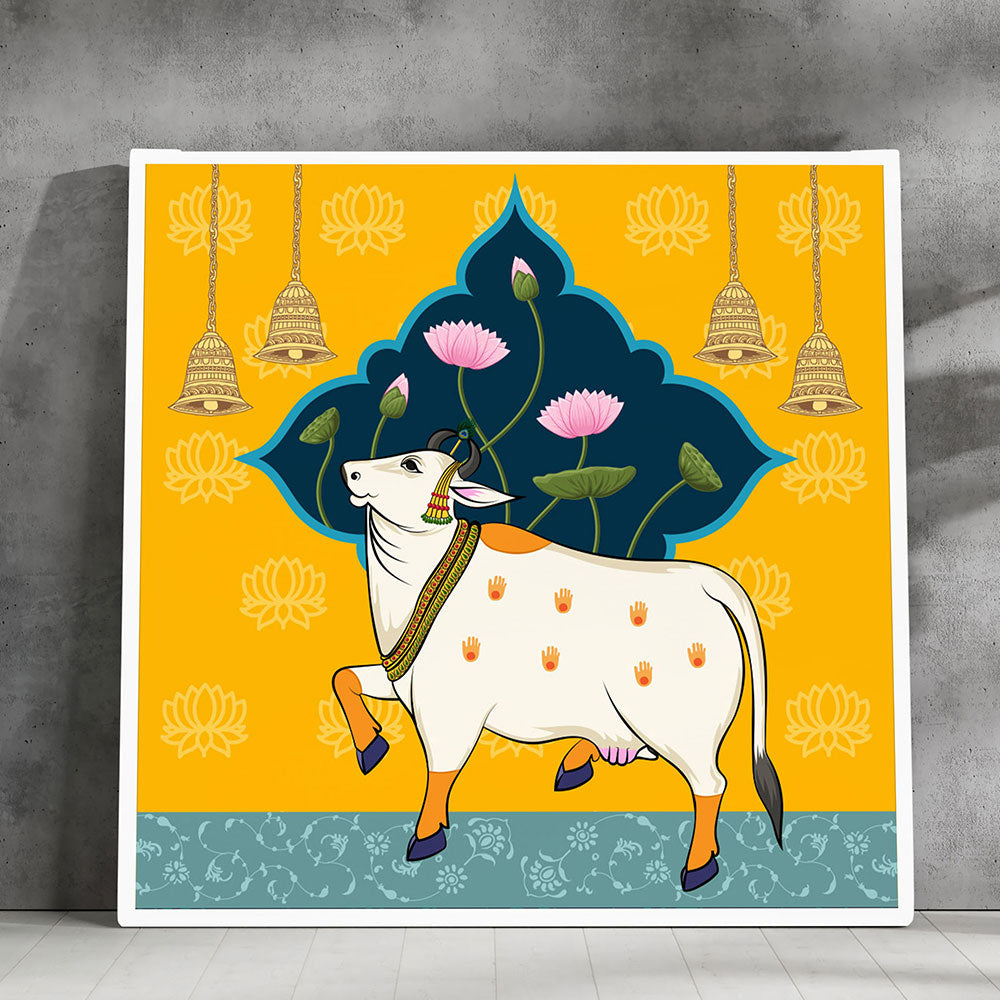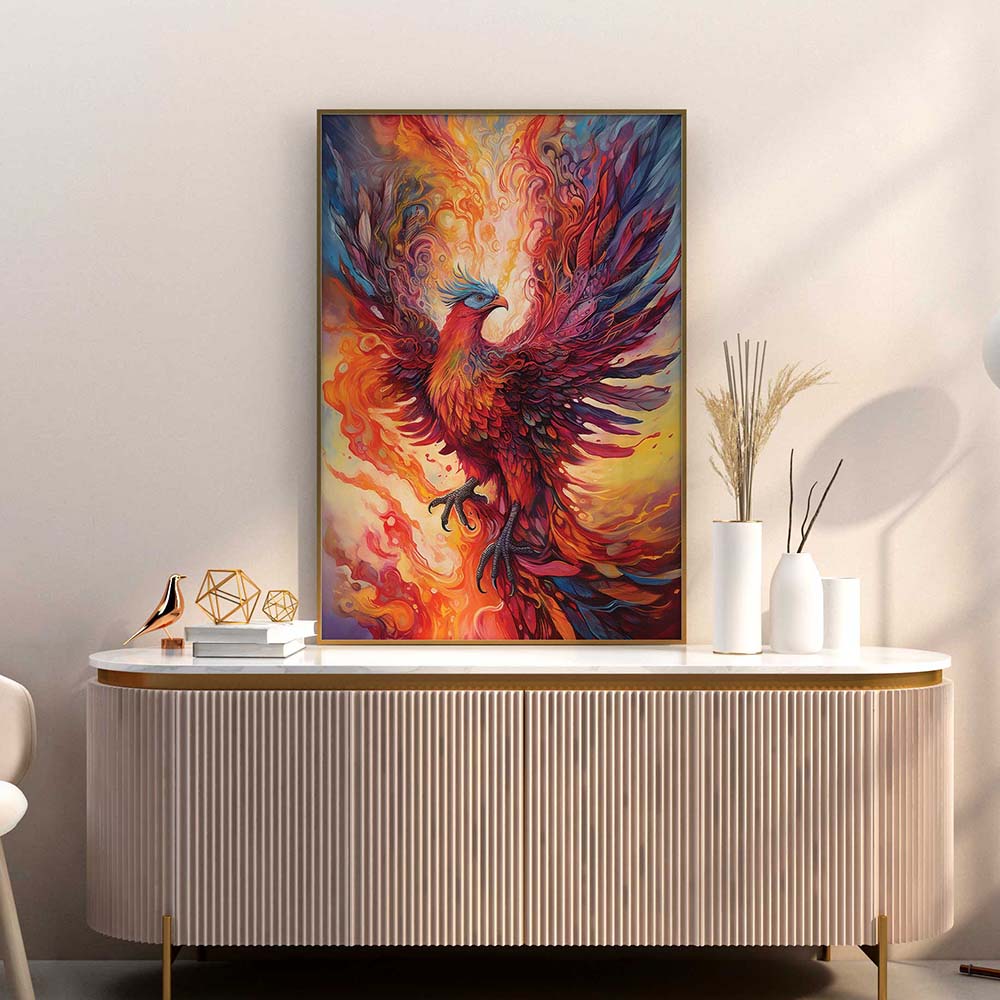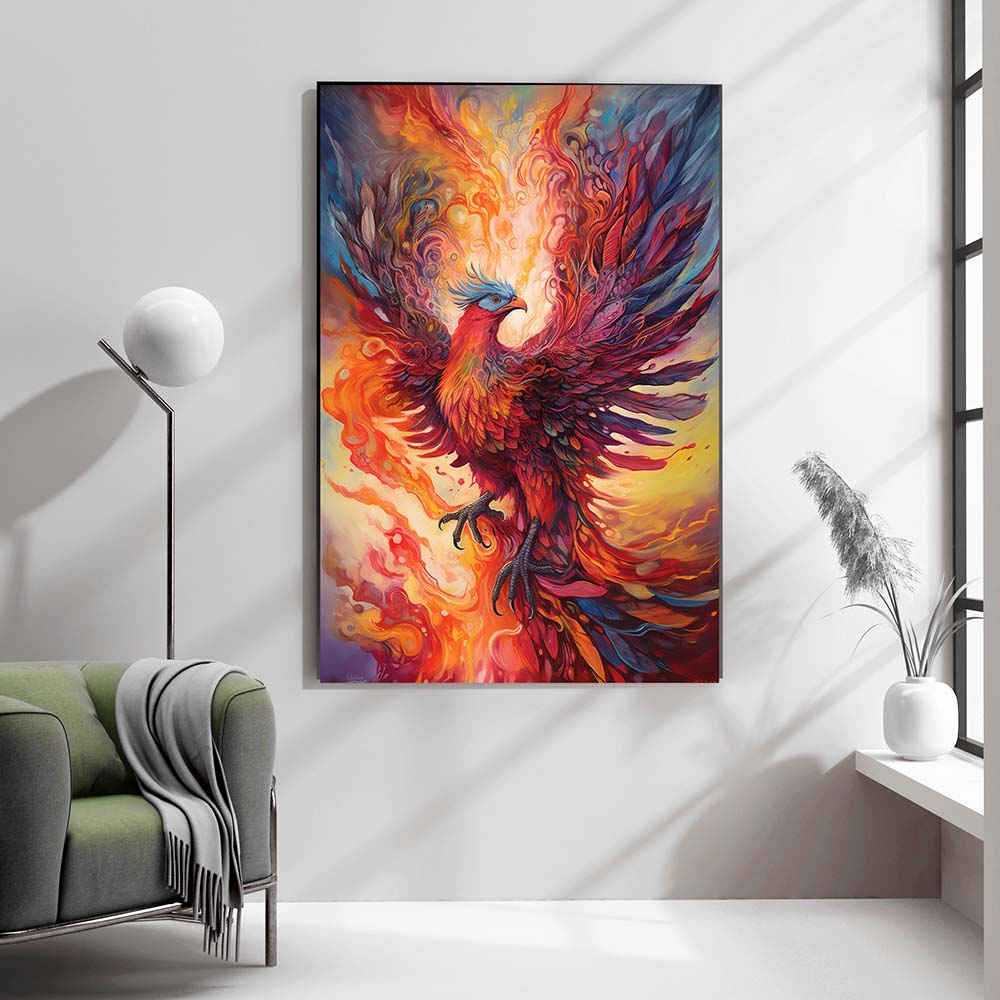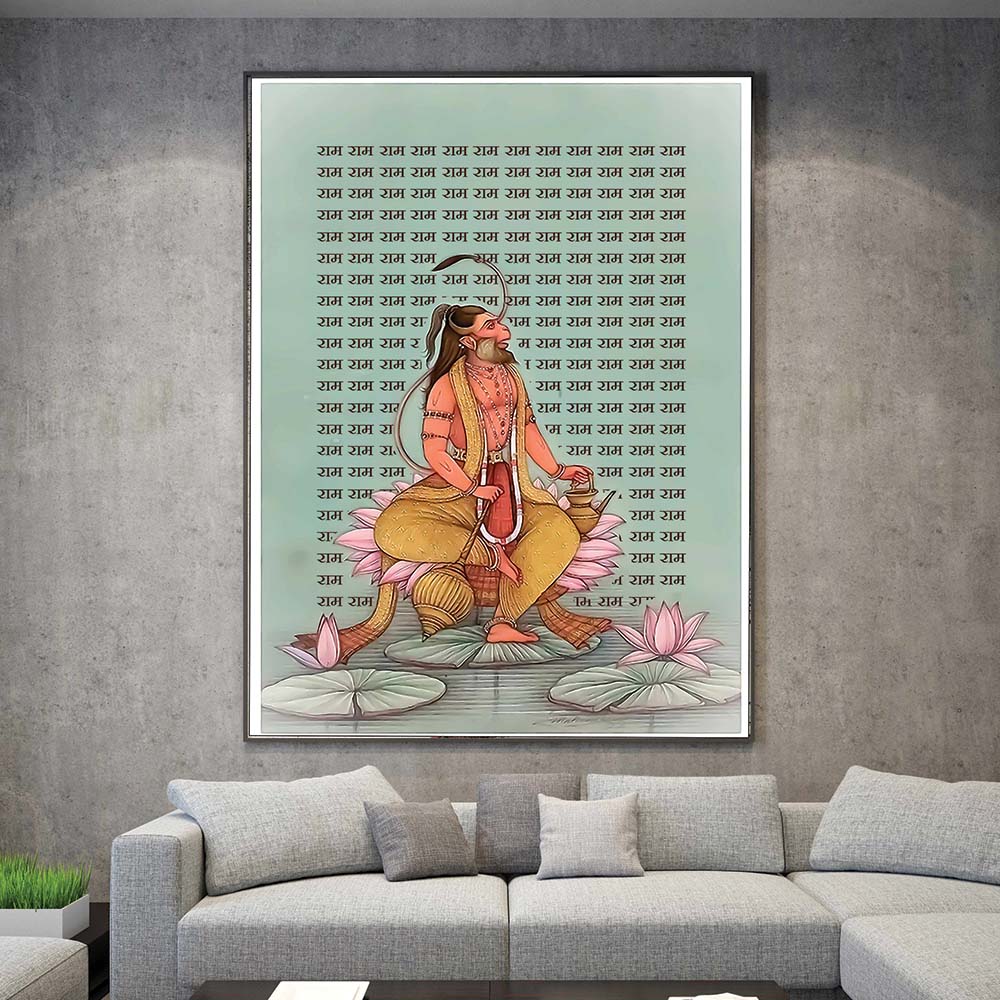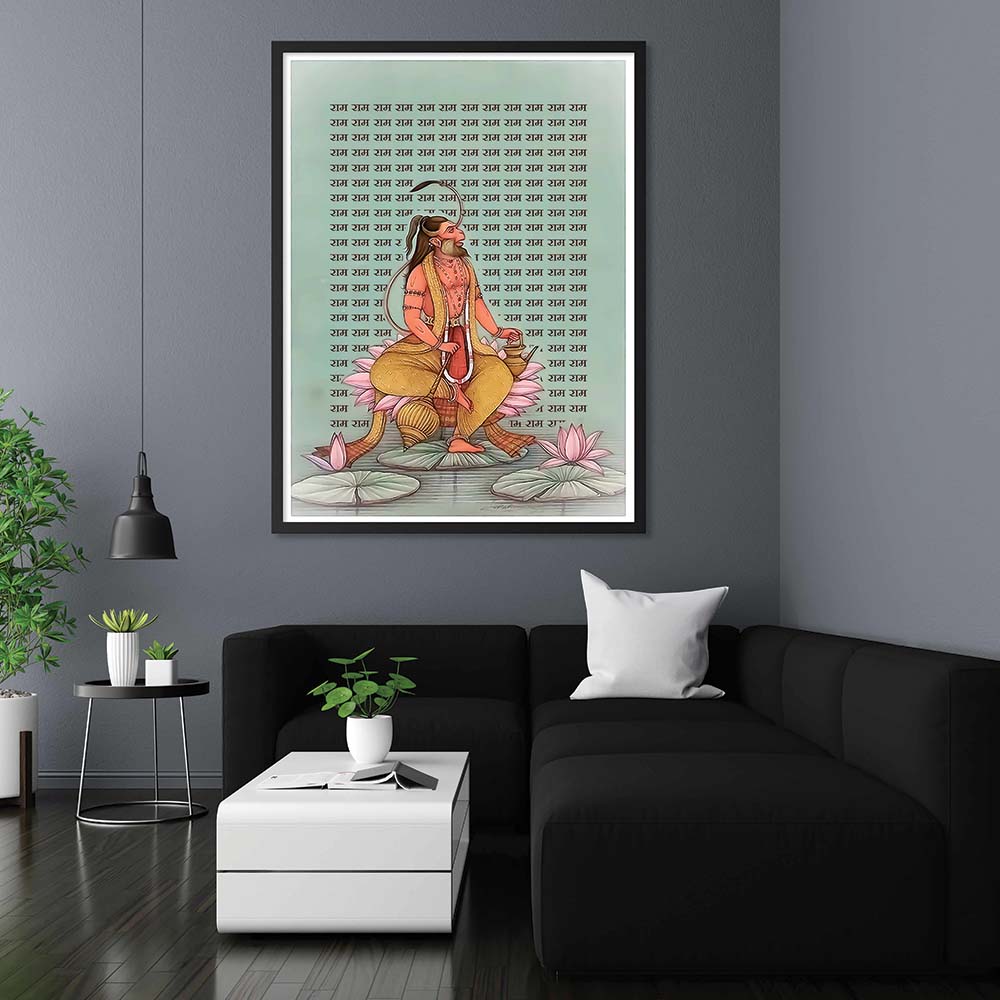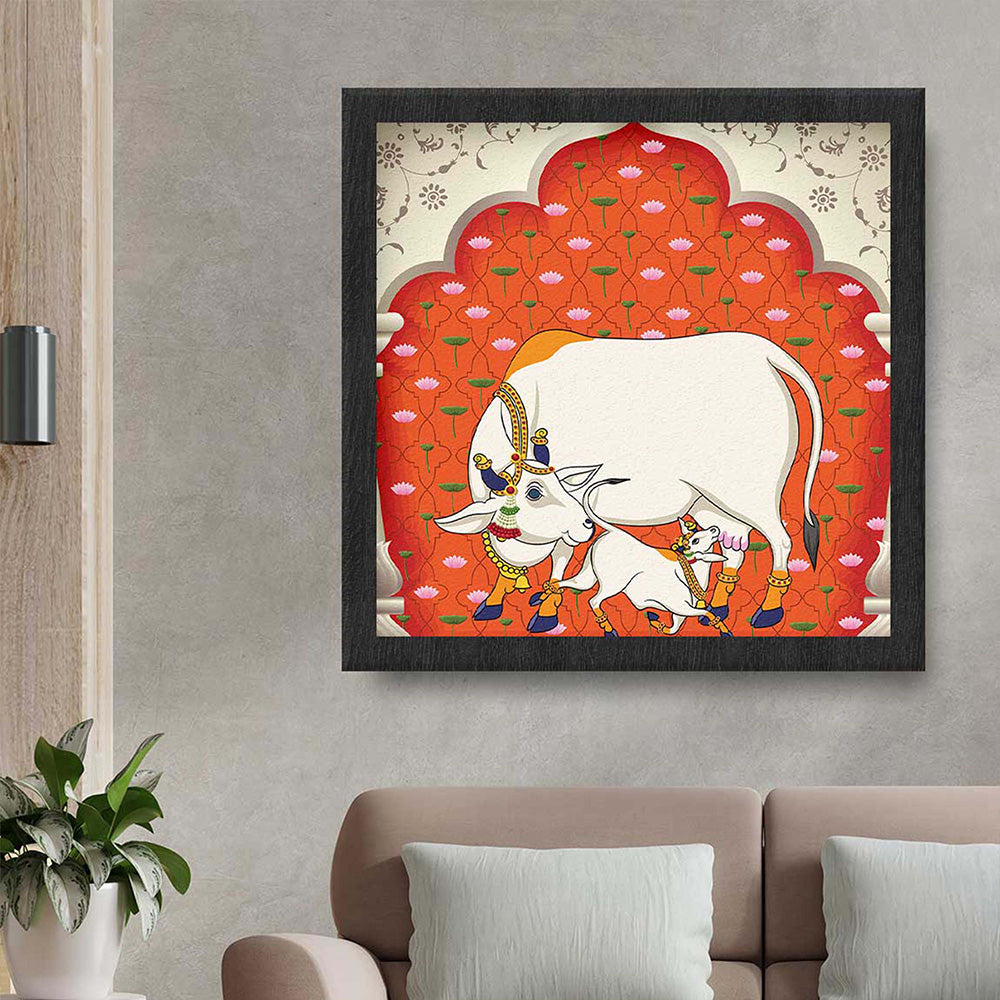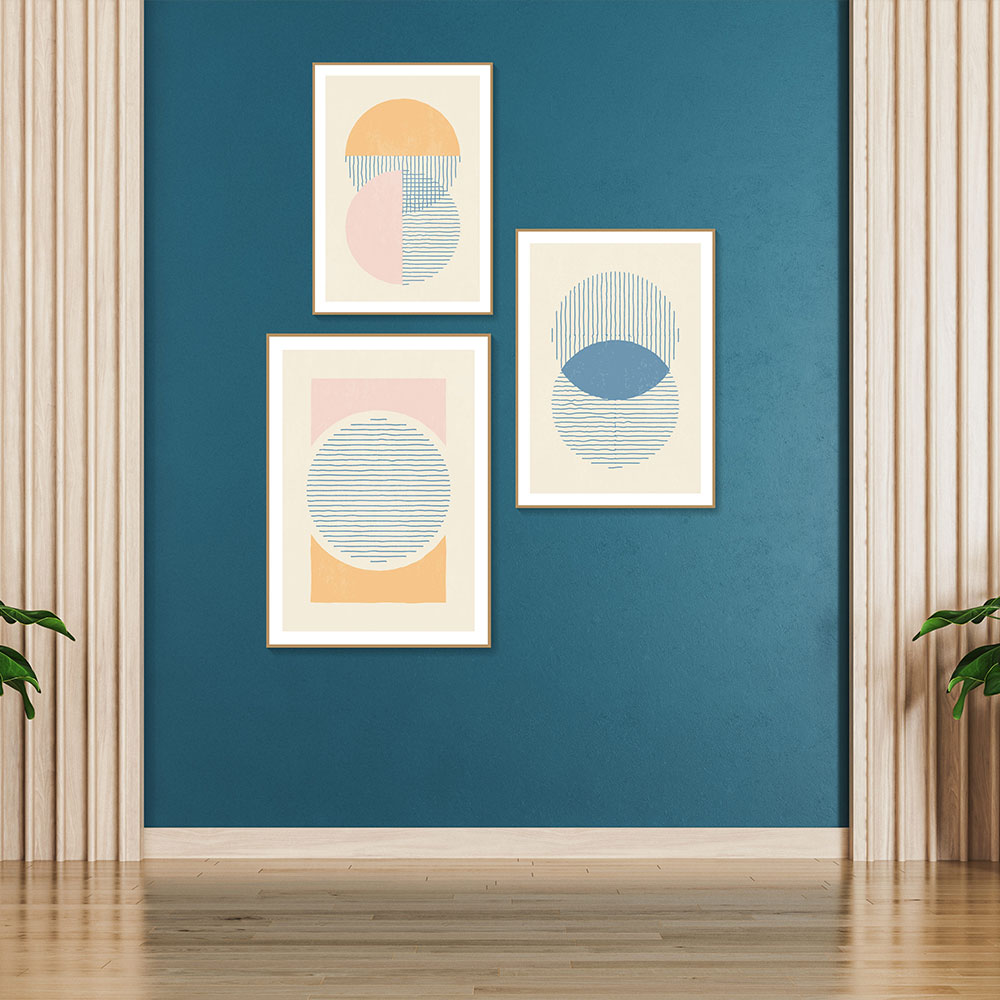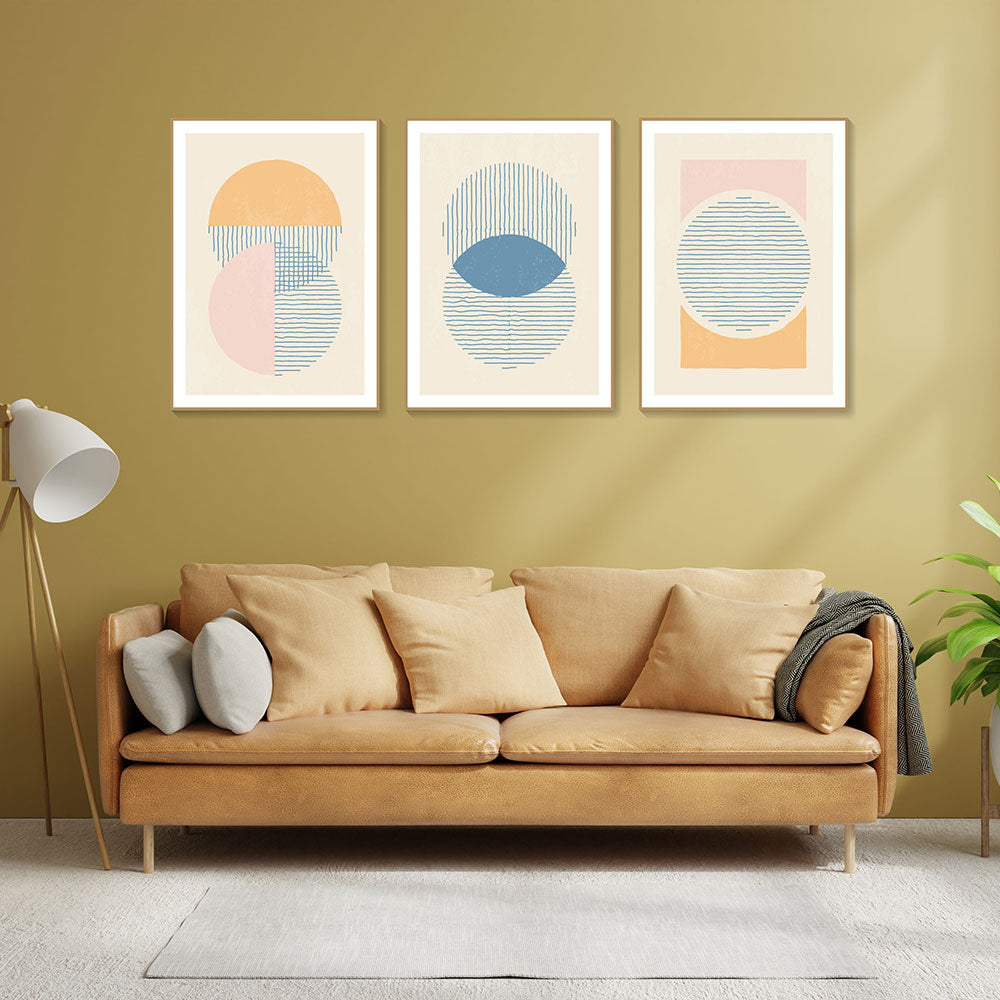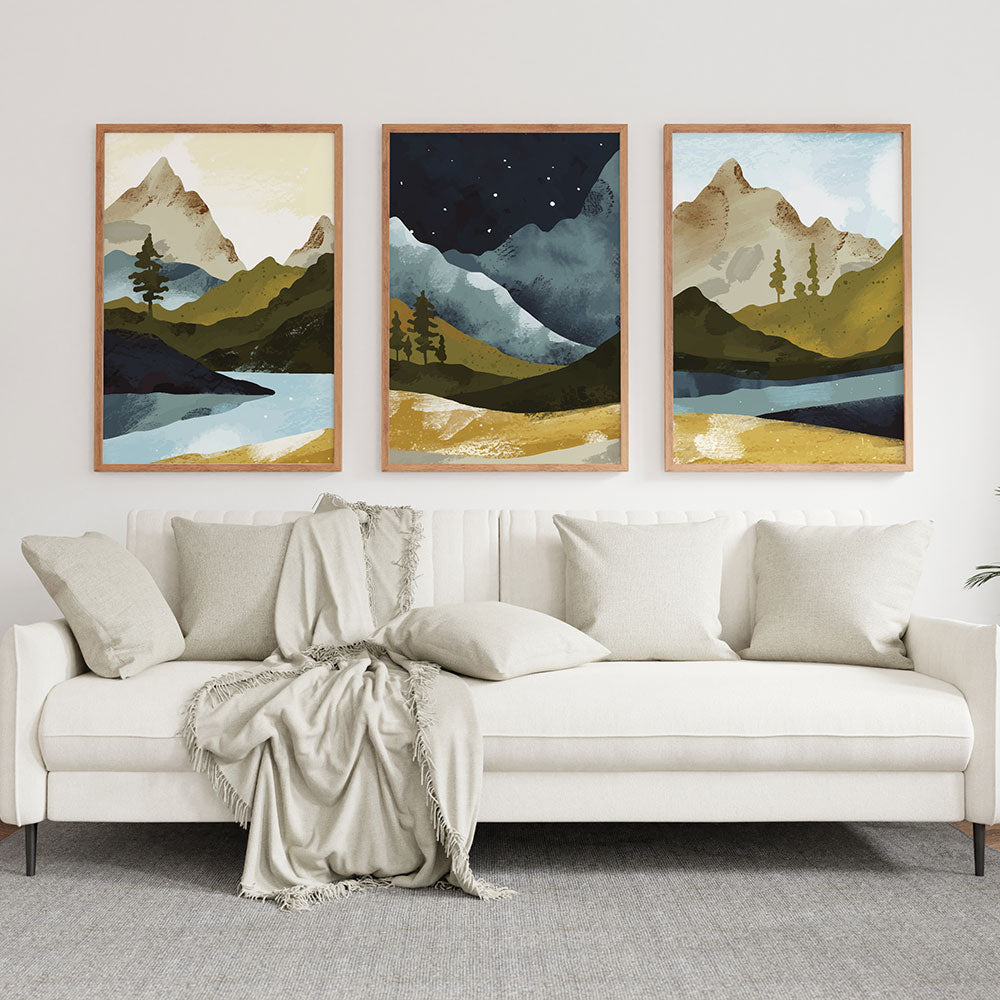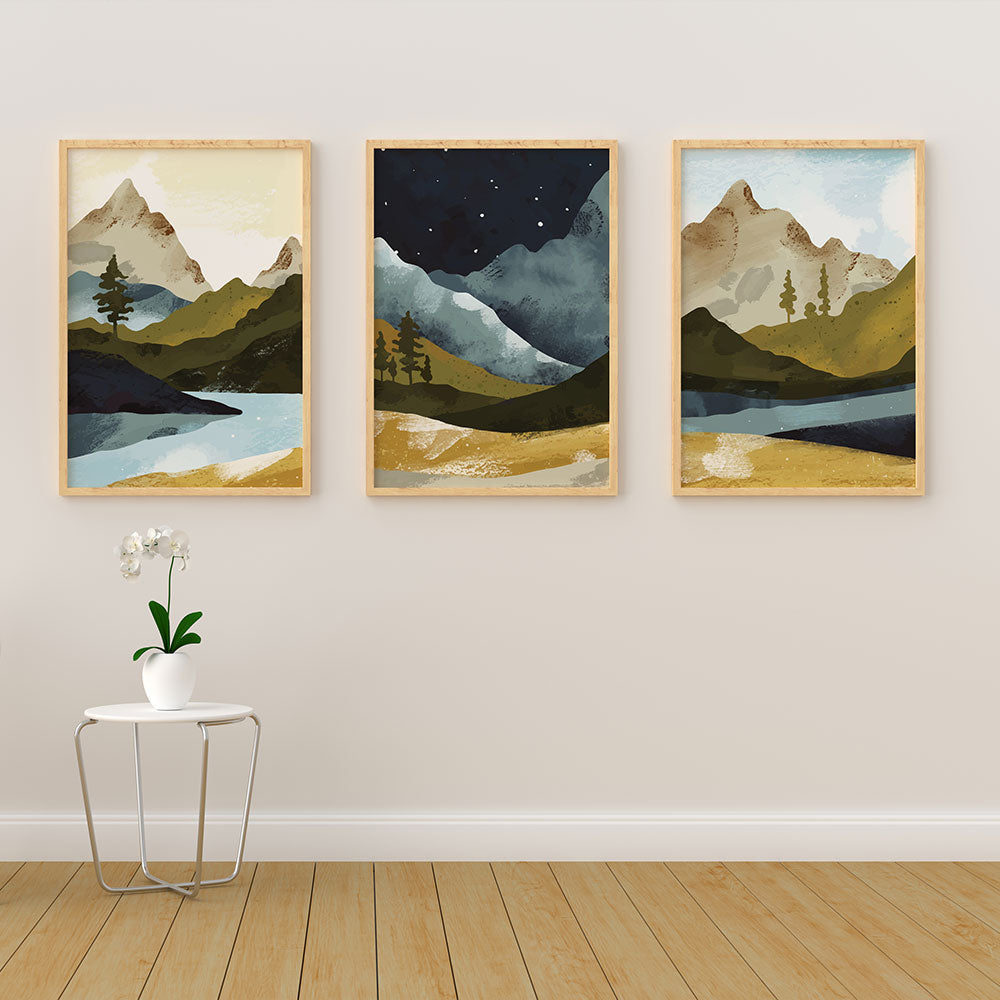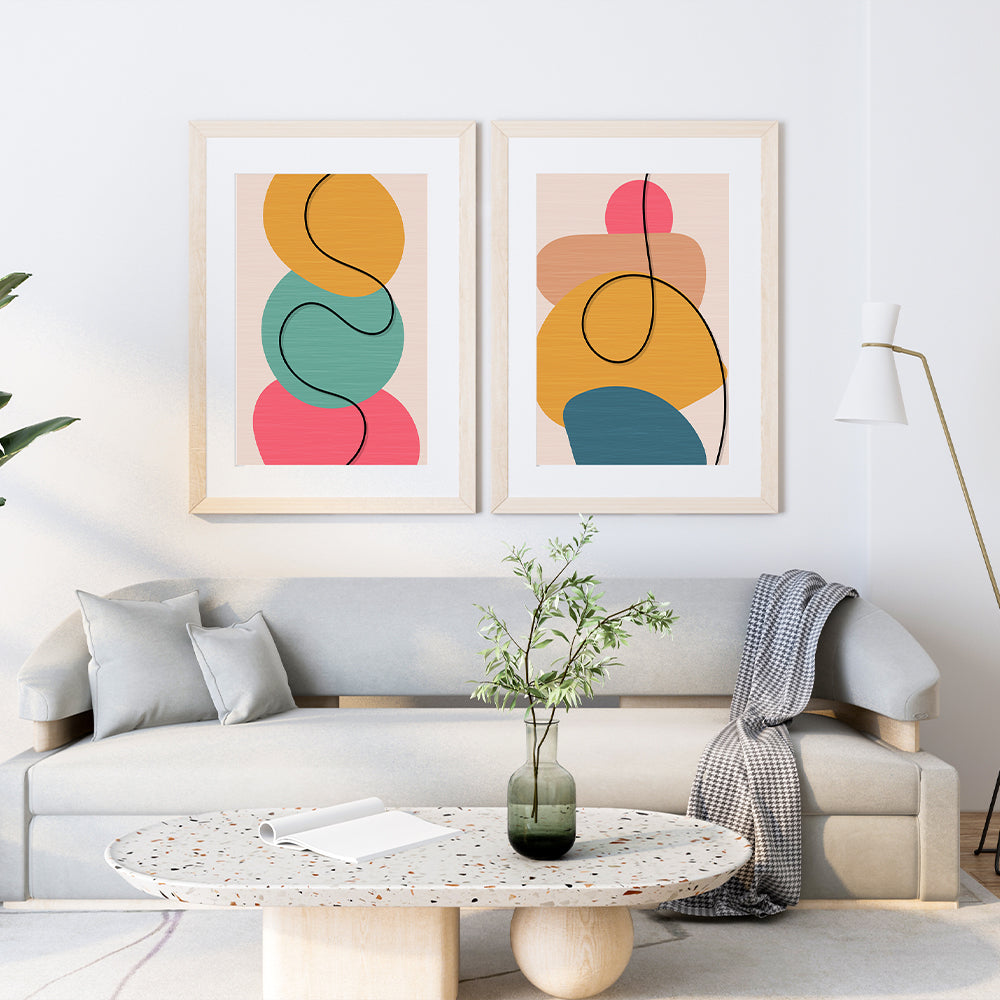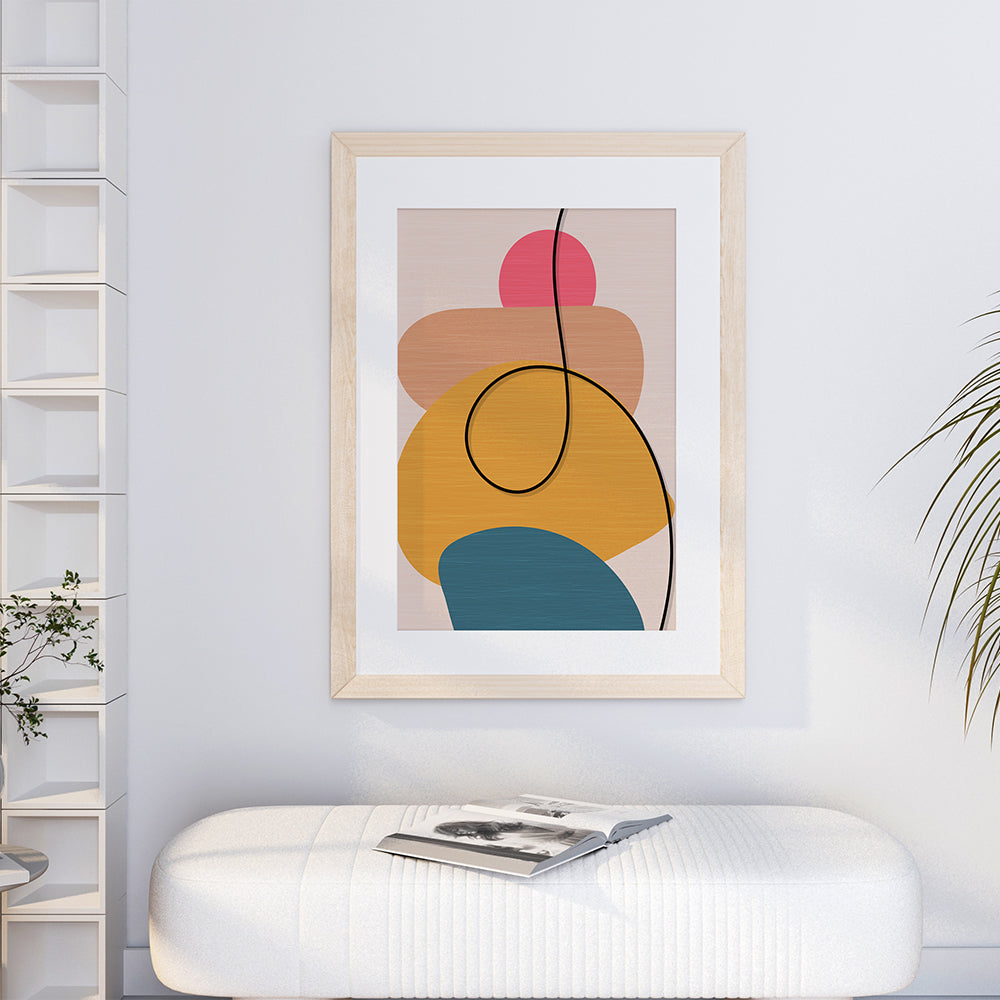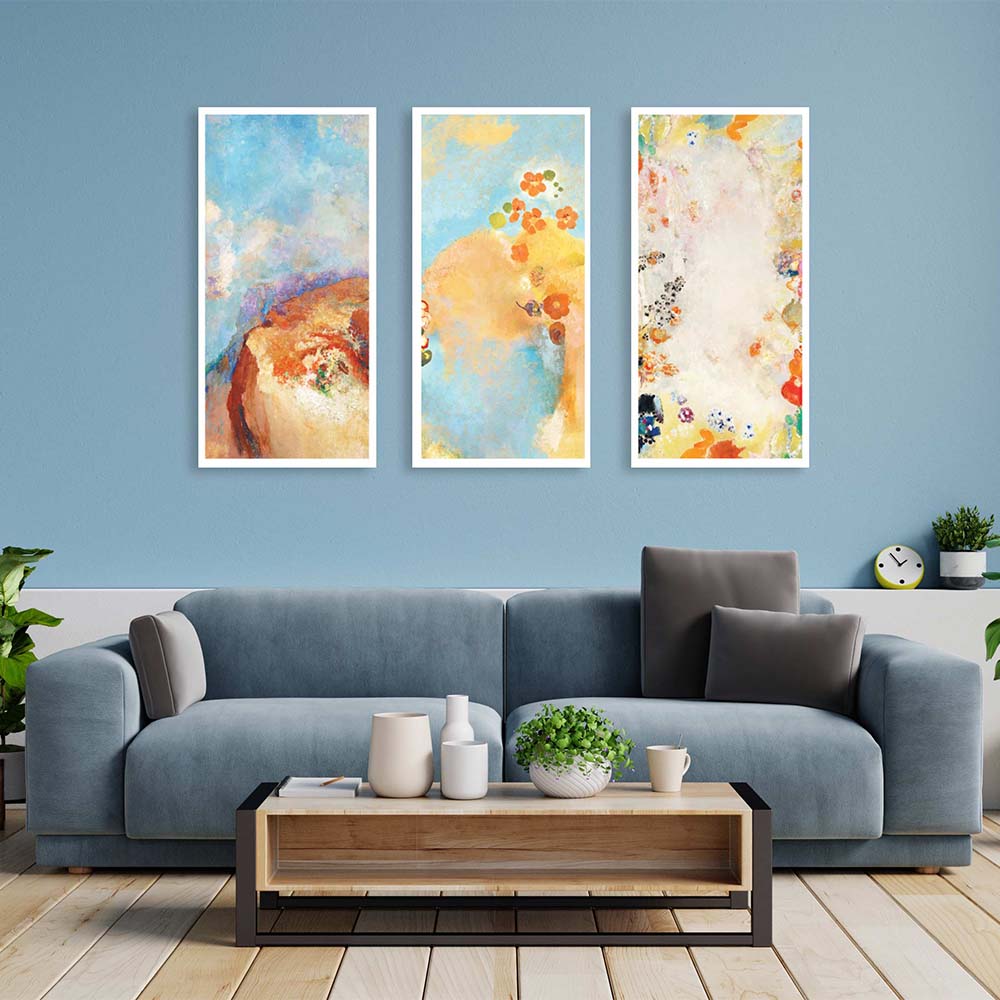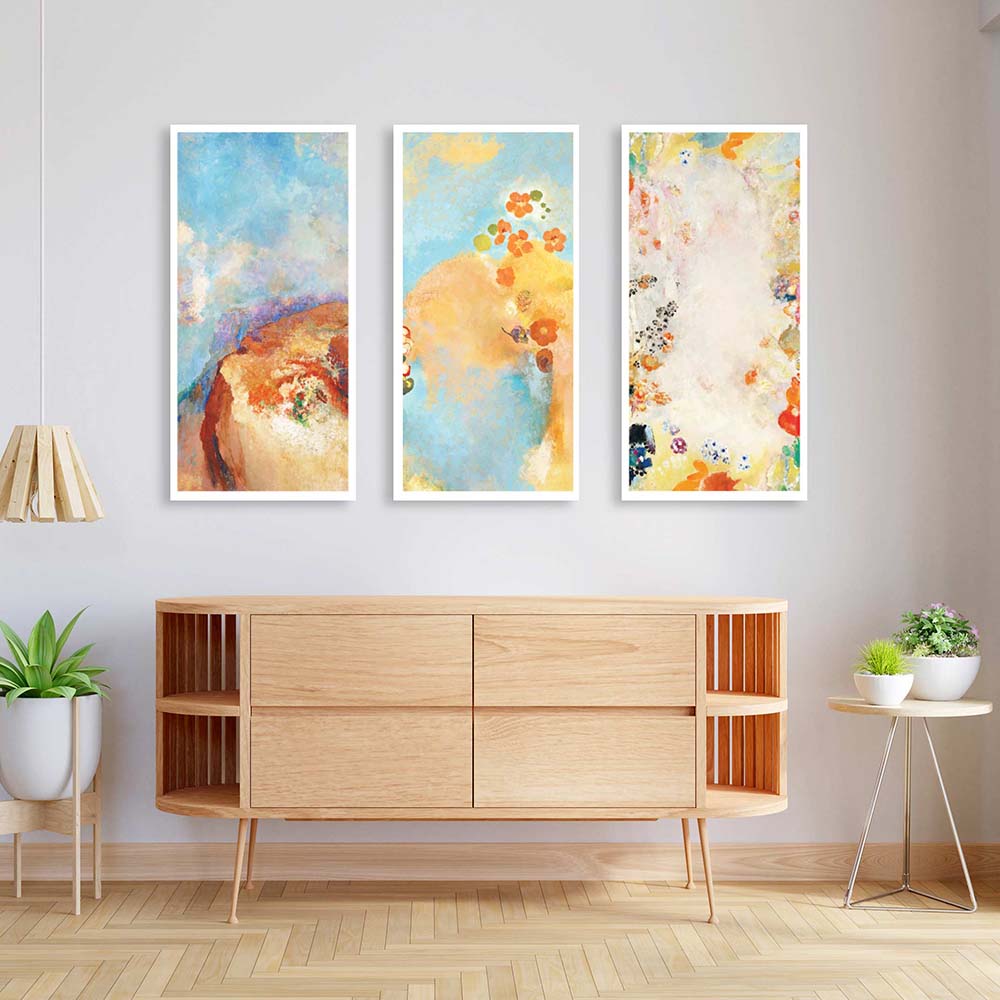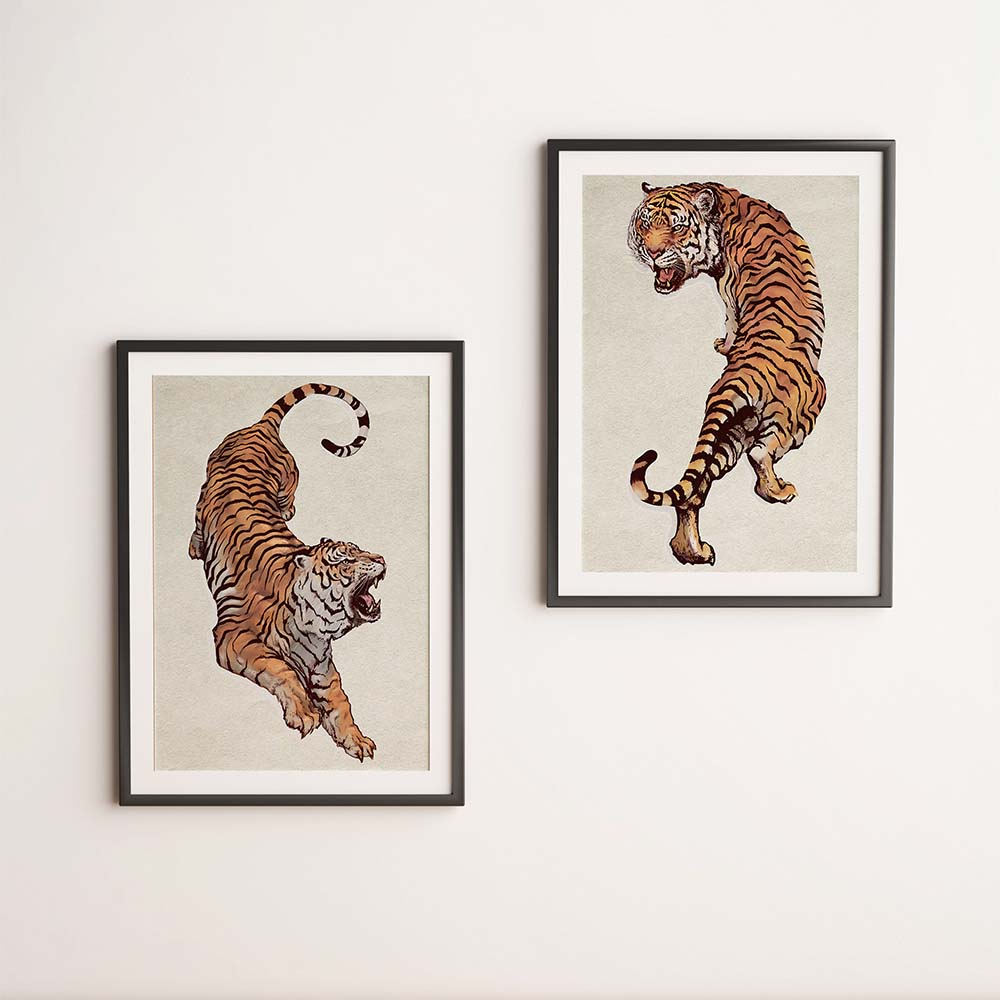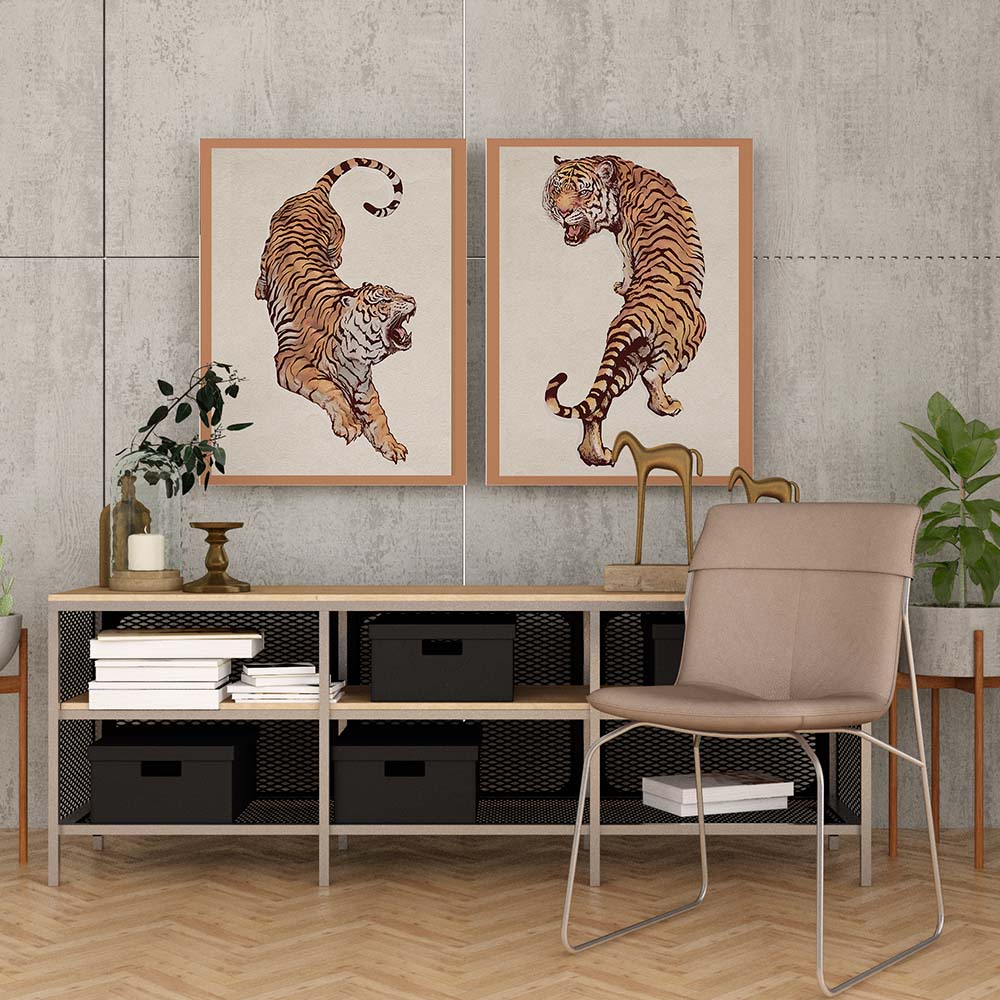Zen on Your Walls: Japanese Paintings That Bring Peace to Any Space
In our fast-paced, often chaotic world, the desire for tranquility and mindfulness within our personal spaces has never been stronger. We seek havens that calm the mind, soothe the spirit, and offer a visual escape from daily stresses. For centuries, Japanese paintings have perfectly embodied this pursuit of serenity, offering a unique blend of minimalist elegance, profound symbolism, and an innate connection to nature.
Beyond their aesthetic beauty, Japanese art forms are deeply influenced by Zen Buddhism, Shintoism, and an intrinsic appreciation for harmony and impermanence. This philosophy translates into artwork that is not just seen, but felt – inviting contemplation, fostering peace, and bringing a sense of balanced energy into any room.
At Krutik, we understand the transformative power of art. Our curated collection of Japanese-inspired paintings aims to bring the quiet wisdom and elegant simplicity of Eastern aesthetics directly to your walls, allowing you to cultivate a truly Zen environment in your modern home or office.
Join us on a journey to discover how Japanese paintings can infuse your living spaces with peace, balance, and a deeper connection to nature's timeless beauty.
The Heart of Japanese Art: Principles of Zen & Harmony
To truly appreciate Japanese painting, it's essential to understand the underlying principles that guide its creation:
-
Wabi-Sabi: This profound aesthetic embraces imperfection, impermanence, and incompleteness. It finds beauty in the humble, the asymmetrical, and the authentic, celebrating the natural cycle of growth and decay.
-
Yugen: Suggests a deep, mysterious sense of beauty, an awareness of the universe that is too profound and subtle to be expressed directly. It hints at what lies beyond the obvious, inviting contemplation.
-
Ma: The concept of "negative space" or the "pause." It's the intentional emptiness or intervals between elements that allows the viewer's imagination to fill in the gaps, creating balance and breathing room within a composition.
-
Shibui: Refers to a beauty that is understated, subtle, and appears effortless. It is a quiet elegance that gains appreciation over time, rather than demanding immediate attention.
-
Connection to Nature: Nature is revered and depicted with profound respect, often symbolizing deeper truths about life, death, and renewal.
These principles combine to create art that is rarely loud or overwhelming. Instead, it offers a gentle invitation to pause, observe, and find beauty in simplicity.

Top Japanese Painting Ideas for Cultivating Peace
The beauty of Japanese art lies in its versatility, allowing it to integrate seamlessly into diverse interior styles, from modern minimalist to bohemian, or even industrial spaces that need a touch of natural tranquility.
1. Serene Landscapes: Mountains, Water & Cherry Blossoms
Japanese landscape paintings (often known as Yamato-e or influenced by Ukiyo-e woodblock prints) are masters of conveying vastness and tranquility with minimal strokes.
-
Majestic Mountains (e.g., Mount Fuji): Iconic and powerful, a painting of a solitary mountain, often shrouded in mist or capped with snow, symbolizes strength, endurance, and timeless beauty. It provides a grounding presence.
-
Calm Waters (Lakes, Rivers, Seas): Depictions of serene lakes reflecting the sky, gentle rivers flowing, or calm seas with a distant boat evoke peace, fluidity, and the soothing rhythm of nature. The "Great Wave off Kanagawa" by Hokusai, while dynamic, still captures the raw power and beauty of water.
-
Cherry Blossoms (Sakura): Perhaps the most beloved symbol of Japanese aesthetics, cherry blossoms represent the beauty and fleeting nature of life. Paintings featuring delicate pink and white blooms can bring a soft, ethereal charm and a reminder to appreciate the present moment.
-
Bamboo Groves: Symbolizing resilience and flexibility, bamboo paintings offer a strong vertical element and a sense of natural grace.
Why it works: These paintings connect us directly to the calming forces of nature, offering a visual escape and fostering a sense of spaciousness and tranquility.
2. Abstract & Minimalist Zen Art
For modern homes that prioritize clean lines and uncluttered aesthetics, abstract Japanese-inspired art is a perfect fit.
-
Ink Wash (Sumi-e) Abstraction: Rooted in traditional calligraphy, Sumi-e uses varying shades of black ink on white paper to create ethereal landscapes, spontaneous brushstrokes, or subtle forms. Abstract Sumi-e pieces focus on the beauty of the brushstroke itself, often creating evocative, minimalist compositions.
-
Enso (Zen Circle): A single, fluid brushstroke forming a circle, the Enso symbolizes enlightenment, totality, and the universe. Its imperfect form embodies wabi-sabi. A framed Enso print can be a powerful focal point for meditation or quiet contemplation.
-
Color Field Zen: Large canvases dominated by subtle, blended hues, perhaps inspired by Japanese dyes or natural landscapes (e.g., a serene sky, a misty forest floor). These pieces invite quiet reflection.
-
Abstract Calligraphy: While traditional calligraphy conveys specific meaning, abstract interpretations focus on the artistic form of the characters, creating dynamic yet harmonious compositions.
Why it works: These pieces are deeply contemplative, allowing the viewer's mind to find peace in simplicity and the power of negative space. They integrate seamlessly into contemporary decor.
3. Floral & Botanical Studies: Simplicity in Bloom
Japanese art has a profound appreciation for individual plants, often elevating them to symbolic status.
-
Lotus Flowers: Symbolizing purity, spiritual enlightenment, and rebirth, the lotus is a revered motif. Paintings of single, elegant lotus blooms in serene settings can bring a sense of spiritual calm.
-
Chrysanthemums: A symbol of nobility, longevity, and regeneration, often depicted with elegant precision.
-
Orchids, Plum Blossoms, Irises: Each flower carries specific cultural meaning and is rendered with delicate brushwork, emphasizing grace and understated beauty.
-
Ikebana-Inspired Compositions: Art that mimics the principles of Ikebana (Japanese floral arrangement) – focusing on line, form, and balance, often with minimal elements and significant negative space.
Why it works: These paintings bring the delicate beauty of nature indoors, promoting a sense of harmony and appreciation for life's simple wonders.
4. Birds & Animals with Symbolic Meaning
Animals are often depicted in Japanese art with strong symbolic associations, adding layers of meaning to a peaceful composition.
-
Cranes: Symbolizing longevity, good fortune, and fidelity, cranes are often depicted in pairs or in flight, bringing a sense of hope and aspirations.
-
Koi Fish: Representing perseverance, strength, and good luck, Koi fish swimming in calm ponds can bring a dynamic yet peaceful energy to a space.
-
Sparrows & Other Small Birds: Often depicted in natural settings, symbolizing nature's gentle presence and the rhythm of life.
Why it works: These paintings infuse spaces with positive symbolism, grace, and a connection to the natural world's gentle inhabitants.
Where to Place Japanese Paintings for Maximum Zen
The deliberate placement of Japanese art can amplify its calming effects:
-
Living Room: A large landscape (Mount Fuji, a calm sea) or a striking Enso piece can create a serene focal point, inviting guests to relax and offering a quiet background for conversation.
-
Bedroom: Opt for soft, tranquil themes like cherry blossoms, a serene pond, or a minimalist Sumi-e abstract. These promote relaxation and a sense of calm conducive to sleep. Avoid overly vibrant or busy pieces.
-
Meditation/Yoga Space: An Enso, a quiet Zen landscape, or an abstract ink wash painting can enhance focus and create a truly contemplative atmosphere.
-
Home Office/Study: A bamboo grove, a calm landscape, or a piece with strong, clean lines can foster clarity, focus, and a sense of ordered tranquility, reducing stress.
-
Entryway/Hallway: A simple, elegant piece can set a peaceful tone as you enter the home, creating a welcoming and calming transition zone.
-
Bathroom/Spa-like Spaces: Water-themed Japanese paintings (calm lakes, a lone boat) can enhance the feeling of relaxation and cleanliness in these areas.

Choosing the Right Japanese Painting for Your Space
-
Embrace "Ma" (Empty Space): Remember that less is often more. Japanese aesthetics highly value negative space, which allows the artwork to breathe and the viewer's eye to rest. Don't feel the need to fill every inch of a canvas or a wall.
-
Color Palette: While vibrant colors exist, many Japanese paintings lean towards muted tones, earthy neutrals, deep indigos, and subtle greens, which inherently promote calmness. Gold or silver accents are often used sparingly for elegance.
-
Authenticity & Craftsmanship: Look for pieces that reflect the genuine spirit and artistic techniques of Japanese art. At Krutik, our collection is curated with an eye for quality, ensuring each piece truly embodies the essence of Eastern aesthetics.
-
Material: Canvas prints are versatile and can beautifully capture the nuances of brushstrokes and colors. Consider framed pieces for a more formal look or gallery-wrapped canvases for a sleek, modern finish.
-
Personal Connection: Ultimately, choose a piece that resonates with your personal sense of peace and beauty. The art in your home should speak to your soul.
Conclusion: Your Home, Your Tranquil Oasis
Japanese paintings offer more than just aesthetic appeal; they offer a philosophy. By integrating these serene and symbolic works into your modern home, you're not just decorating walls; you're cultivating an atmosphere of peace, balance, and mindful living. Each brushstroke, each motif, and each empty space invites you to pause, reflect, and find stillness amidst the demands of everyday life.
Ready to infuse your space with the timeless tranquility of Japanese art? Explore Krutik's curated collection of Japanese paintings, designed to bring harmony, serenity, and a touch of Zen to your cherished living spaces.
Which aspect of Japanese painting speaks most to your desire for peace? Share your thoughts in the comments below!


